-
About
About our School
At Mount Michael the core of the academic program enables students to become inquiring learners, appreciative of their heritage, responsive and committed to the challenges of the future.
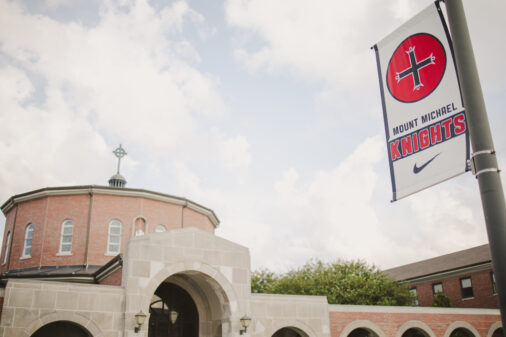
-
Admissions
Admissions
Mount Michael Benedictine School admits students of any race, color, national and ethnic origins to all the rights, privileges, programs and activities generally accorded or made available to the students.
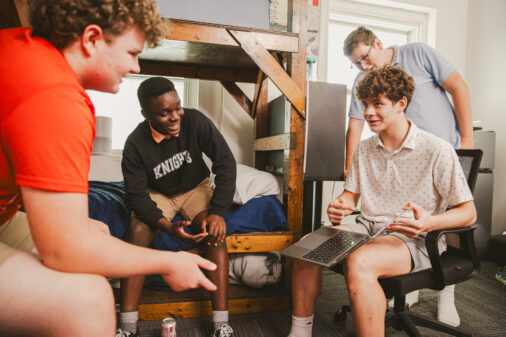
-
Academics
Academics
Ultimately, it is our goal to enable every student to reach his educational and career potential.

-
Counseling
Counseling
The Mount Michael Benedictine School Counseling program is a comprehensive counseling program dedicated to nurturing our students, families, and community.
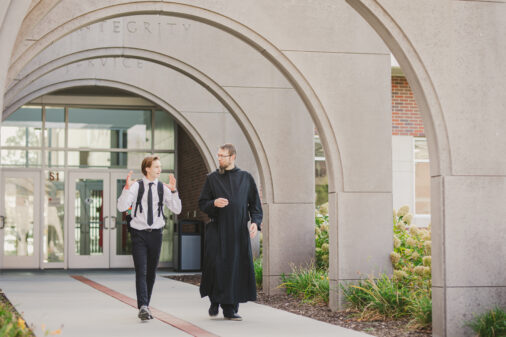
-
Spirituality
Spirituality
Benedictine values encompass a broad range of concepts that are central to life within a Christian community. It is quite possible to literally perceive dozens of values that can be deemed as Benedictine in nature. This a testimony to the breadth of “The Rule” and communal life established by Saint Benedict.

-
Activities
Activities
There are many opportunities for students to get involved at Mount Michael. Some are competitive, some are participatory. In either case it is all part of getting a well rounded educational experience.

-
Athletics
Athletics
There are many opportunities for students at Mount Michael to participate in our top of the line athletic programs. Go Knights!
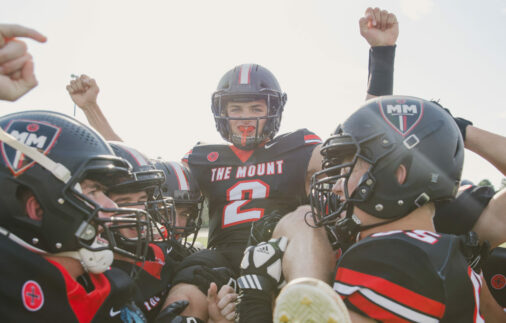
-
Advancement
Advancement
Under this tab you will find links to Mount Michael giving opportunities as well as information about fundraising events.

Teachers adapt to e-learning
 Previously published on The Mount Online a publication produced by the staff of Mount Michael’s Journalism team that also produces the school newspaper The Mount. Follow them via Facebook, Twitter, Instagram and YouTube links on https://mountonline.org. by Landen Fogle ’22
Previously published on The Mount Online a publication produced by the staff of Mount Michael’s Journalism team that also produces the school newspaper The Mount. Follow them via Facebook, Twitter, Instagram and YouTube links on https://mountonline.org. by Landen Fogle ’22
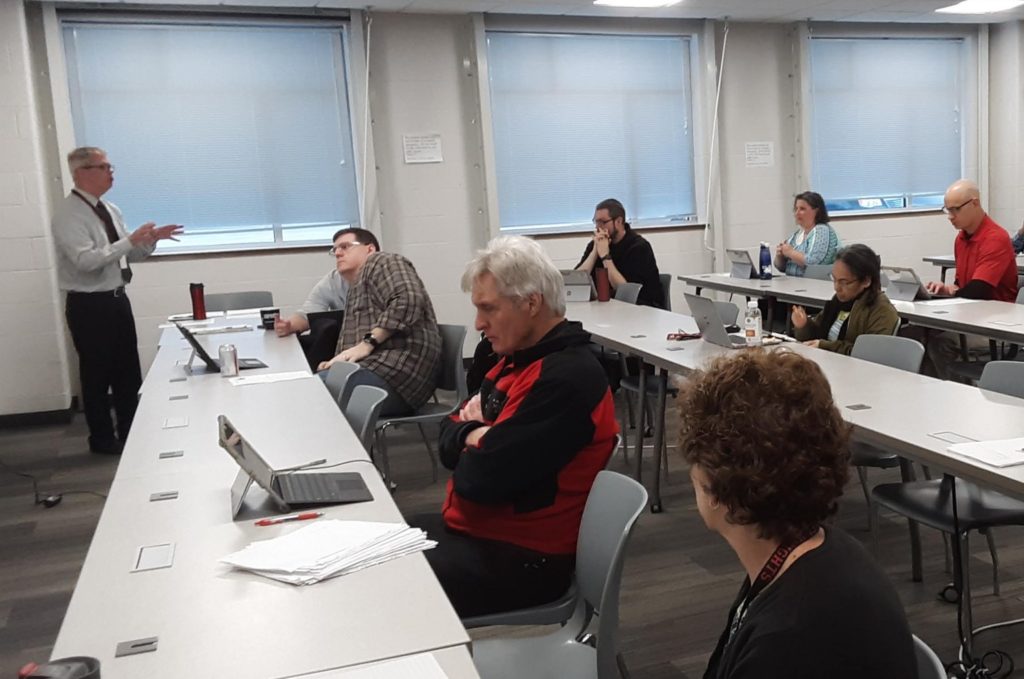
Abbot Michael Liebl ’68 concentrates on learning how to use video in instruction while Dr. David Peters addresses the faculty on expectations regarding switching to online learning. The teachers gathered in the study hall in the D.J. Sokol Building on March 16 for a quick session on using online tools to manage their classes while school is closed for the shutdown. Photo by Br. Luke Clinton
Teaching from home and moving their whole curriculum online threw many teachers for a loop when they found out on March 13 that they would return from spring break to shutdown school.
According to an online poll, 70% of teachers said that they had to completely redesign their curriculum so that it was suitable for the online environment.
Throughout the process, teachers had to digitize all their papers, notes, tests, and textbooks. Not only that, but they also had to teach through a webcam,hoping students would still learn and pay attention.
“The hardest part of e-learning is making sure that all the students understand the directions and what is to be completed or turned in,” engineering teacher Shanna Sedlacek said.
During this time, the teachers also had to figure out what technology platforms to use to present material. Students and staff all have a Microsoft account, so many went with the Microsoft Teams application.
After Teams, the second most common software was Zoom. Many teachers choose this platform because Zoom allowed all schools to bypass the forty minute time limit for free, and most teachers enjoy using it.
“At least I can still make contact with my students, and we can share some humor,” English teacher John Gathje said.
This transition was hard for most teachers; however, some teachers found good things that can come from this situation. Other than keeping everyone healthy, it can teach the students valuable lessons.
“My favorite part is creating your own schedule so that you can work on certain things at different times,” physics teacher Michael Williams said. “It is more like a college atmosphere.”
The teachers have challenged themselves to try new teaching tactics as well. Many have sent out surveys to get the students opinions on how they would like to be taught virtually. .
“It’s forcing all of us to think outside the box and consider new ways of learning and explore new topics,” religion teacher Eric Westra said.
Still, the transition went as smoothly as could be expected because of all the support from the staff and students. .
“I’m really grateful for the patience and flexibility students have shown with their crusty, old, technophobic teachers,” Westra said.
Although, this change was hard for most people in their personal life, as well as having to continue school from home, In the end, the teachers rated the transition from classroom to computer a 3.6/5, with 40% of teachers saying they did feel prepared to go by the first day.
“As an administrator who has been watching other classes, I am very proud of both our teachers and students for how they are making the best of this situation,” dean of students Dave Cormier said.

